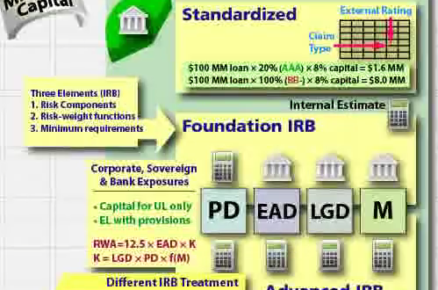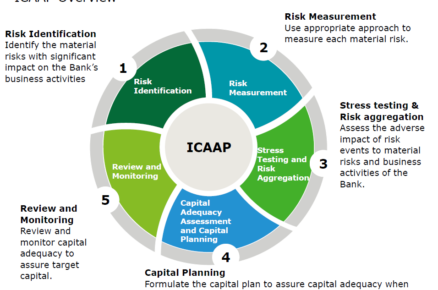In today’s data-driven world, organizations invest heavily in analytics, technology, and key performance indicators (KPIs). Yet, despite all the dashboards, reports, and predictive models, the fundamental question remains: Is the data analyst truly driving financial impact? No matter the department, industry, or organization, a data analyst’s work must ultimately contribute to profitability and revenue growth.
Beyond the Dashboard: Driving Real Business Value
Too often, analytics teams focus on tracking and visualizing data without ensuring their insights translate into action. A beautifully designed dashboard or an advanced machine-learning model means little if it doesn’t lead to measurable financial improvements.
For instance, a retail company’s analyst might develop an intricate sales performance report, but if it doesn’t influence decisions that increase conversions, optimize pricing, or enhance customer retention, its value is negligible. Likewise, in fintech, an advanced risk-scoring model should reduce loan defaults, enhance approval strategies, and ultimately increase net revenue—otherwise, it’s just another data exercise.
Revenue-Driven Analytics: The Core Principles
To ensure that an analyst’s work leads to real impact, the following principles must be ingrained in every project:
- Tie Every Analysis to Business Objectives
- Before diving into data, ask: How does this contribute to revenue growth, cost reduction, or risk mitigation?
- If a project doesn’t have a clear link to financial impact, reconsider its priority.
- Turn Insights into Actionable Strategies
- Insights without implementation are meaningless. Analysts should partner with business teams to ensure recommendations translate into concrete actions.
- For example, if churn analysis reveals high-risk customers, the next step should be designing targeted retention campaigns, not just presenting statistics.
- Speak the Language of Business, Not Just Data
- A data analyst must communicate findings in terms of dollars and cents. Instead of saying, customer engagement dropped by 10%, translate it to, this could lead to a $5 million revenue loss next quarter unless corrective action is taken.
- Use Technology as a Means, Not an End
- Mastering Python, SQL, Power BI, or machine learning is valuable, but these tools are only enablers. The real goal is to use them to uncover profitable opportunities.
- A high-tech fraud detection model is useless unless it actually reduces fraudulent transactions and saves money.
Industry-Agnostic, Impact-Obsessed
Whether an analyst works in banking, healthcare, e-commerce, or logistics, the expectation remains the same: Create financial impact.
- In Banking: Risk models should improve credit decisioning, reducing bad debt while increasing lending opportunities.
- In Retail: Pricing analytics should optimize margins without sacrificing sales volume.
- In Supply Chain: Inventory models should reduce stockouts while avoiding excess carrying costs.
Final Thought: Be a Profit-Generating Analyst
The best data analysts don’t just analyze—they impact. They don’t just report KPIs—they move them in the right direction. Whether working with customer segmentation, marketing ROI, operational efficiency, or financial forecasting, the focus must always be on driving measurable improvements to P&L.
In the end, organizations don’t need more reports; they need more results. And the analysts who consistently deliver those results will be the ones who stand out, advance, and truly make a difference.



